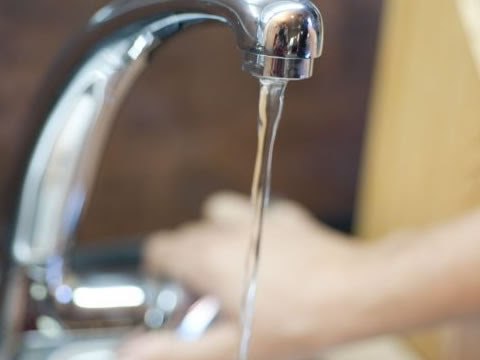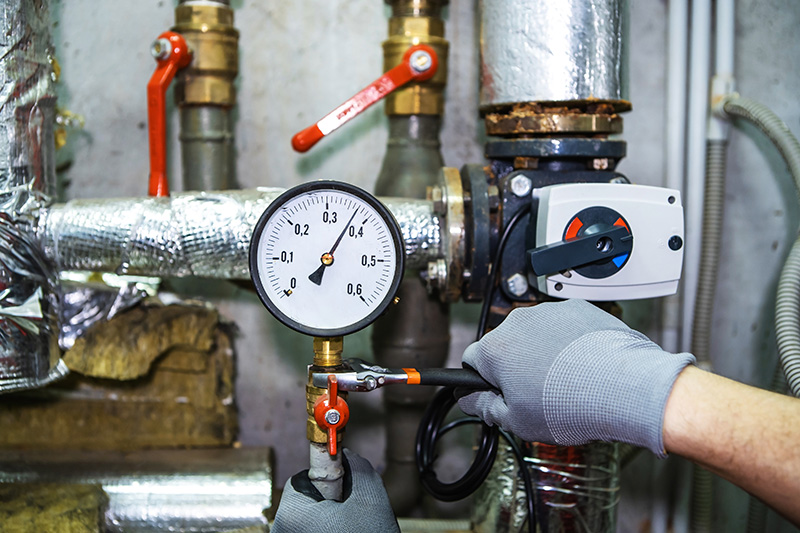An Instruction to Resolving Low Water Pressure in Your Home
An Instruction to Resolving Low Water Pressure in Your Home
Blog Article
The article author is making a number of great points related to 9 Reasons for Low Water Pressure in Your House overall in this post which follows.

Low water stress in your house can be a frustrating problem, affecting everything from bathing to washing recipes. If you're experiencing weak water flow, there are several feasible causes and services to explore. In this overview, we'll talk about usual reasons for low water stress and useful actions to deal with the problem efficiently.
Introduction to Low Water Stress
Low water pressure takes place when the circulation of water from your taps, showers, and various other fixtures is weaker than usual. This can make day-to-day jobs much more tough and much less efficient. Comprehending the sources of low water stress is important to locating the appropriate remedy.
Usual Causes of Low Tide Pressure
Faulty Stress Regulators
Stress regulators are accountable for maintaining regular water pressure in your house. If they malfunction, it can result in low tide stress or unequal flow throughout your house.
Local Water Supply Issues
Sometimes, the trouble exists outside your home. Local water issues, such as main line leakages or upkeep job, can briefly reduce water pressure in your area.
Pipe Obstructions
With time, pipes can end up being blocked with natural resource, debris, or particles, restricting the flow of water. This is a common problem in older homes with galvanized steel pipes.
Corrosion
Rust within pipes can lead to leakages and lowered water pressure. Rust build-up can restrict water flow, specifically in aging plumbing systems.
How to Detect Low Water Stress
Inspecting Pipes
Inspect noticeable pipes for indications of leakages, corrosion, or obstructions. Focus on any uncommon audios, such as banging or rattling pipes, which might indicate problems within the plumbing system.
Consulting with a Plumber
If you're incapable to pinpoint the source of low tide stress, take into consideration hiring an expert plumber to carry out a complete evaluation. They can identify underlying issues and recommend suitable solutions.
Inspecting Faucets and Components
Begin by evaluating the water stress at various faucets and components throughout your home. If the problem is separated to certain areas, it might suggest localized troubles.
Do It Yourself Solutions to Fix Low Tide Pressure
Flushing Water Heater
Debris buildup in the water heater can limit circulation and minimize efficiency. Flushing the storage tank periodically assists eliminate debris and maintain ideal performance.
Inspecting Pressure Regulatory Authority
Ensure that the stress regulatory authority is operating appropriately. Readjusting or changing the regulatory authority can assist bring back proper water stress throughout your home.
Cleansing Aerators and Showerheads
Natural resources can collect in aerators and showerheads, lowering water flow. Remove and cleanse these elements on a regular basis to improve water stress.
Clearing Up Clogs in Pipeline
For small clogs, attempt using a plumbing snake or chemical drainpipe cleaner to clear obstructions in pipes. Beware when using chemicals and comply with safety guidelines.
When to Call an Expert Plumber
If do it yourself initiatives fail to settle the problem or if you presume substantial plumbing problems, it's best to seek help from a licensed plumber. They have the proficiency and tools to deal with complex issues securely and successfully.
Safety Nets to Preserve Water Stress
Setting Up a Pressure Booster
Take into consideration installing a pressure booster pump to boost water pressure in areas with regularly low flow. This can be especially advantageous for multi-story homes or homes with high-demand components.
Monitoring Water Use
Be mindful of water use behaviors and avoid overtaxing the plumbing system. Straightforward changes, such as incredible showers and washing lots, can aid maintain adequate water stress.
Regular Upkeep
Arrange routine maintenance for your plumbing system to prevent concerns such as deterioration, leakages, and blockages. Attending to minor troubles early can assist avoid even more considerable repair services later on.
Final thought
Managing low water pressure can be frustrating, but determining the underlying causes and implementing appropriate solutions can bring back optimal flow throughout your home. Whether it's cleansing aerators, evaluating pipelines, or talking to a plumber, taking proactive steps can guarantee a steady supply of water for your daily demands.
FOUR WAYS TO FIX LOW WATER PRESSURE NOW
Turning on a shower or faucet only to find the water comes out in a sad, slow drizzle is never a good feeling. How exactly are you supposed to wash a pan or take a quick shower when it takes 10 minutes just to rinse off a little soap? The good news is that when your water pressure is bad, there's always a cause: typically one that can be easily fixed. Here are some of the most common causes of low pressure and what you can do to fix the issue:
DEBRIS AND MINERAL DEPOSIT BUILDUPS
If you notice low water pressure from just one or two of the fixtures in your house, the problem likely has to do with debris buildup. Water is full of minerals and other debris, all of which can accumulate in your pipes and on your fixtures. This can cause a blockage that affects how much water flows through. To fix this, try filling a small plastic bag with white vinegar, and use a rubber band to hang it around your showerhead or faucet. Let the head of the fixture soak for a few hours, and the vinegar should loosen the deposits.
WATER LEAKS
Leaks are another common cause of low water pressure. If water is flowing out of your plumbing through a hole or crack before it can reach your fixture, the pressure coming out of the faucet or showerhead will be lower. A plumbing professional is your best bet for finding and repairing a leak in your water supply pipes.
Leaks are another common cause of low water pressure. If water is flowing out of your plumbing through a hole or crack before it can reach your fixture, the pressure coming out of the faucet or showerhead will be lower. A plumbing professional is your best bet for finding and repairing a leak in your water supply pipes.
A VALVE ISSUE
If you have low water pressure throughout your home, check your main shut-off valve to make sure it's completely open. You may also want to see if there's a pressure-reducing valve installed. If there is, have a plumber help you adjust the settings to get the pressure you're looking for.
OTHERS USING WATER
Believe it or not, your low water pressure could be caused by your neighbors. If you notice low pressure at certain times of day, it may be because you and the people living next to you have similar schedules - when everyone is showering at the same time, the pressure will be lower in every home. Low pressure throughout the neighborhood may also be caused by an issue with your municipal water supply. If that's the case, call the supplier to see if they're working on the issue.
https://www.rotorooter.com/blog/water-leaking/low-water-pressure-fixes/

We had been shown that editorial about from a good friend on another web page. You should take a moment to promote this blog post if you enjoyed it. Thanks so much for taking the time to read it.
Click Here! Report this page